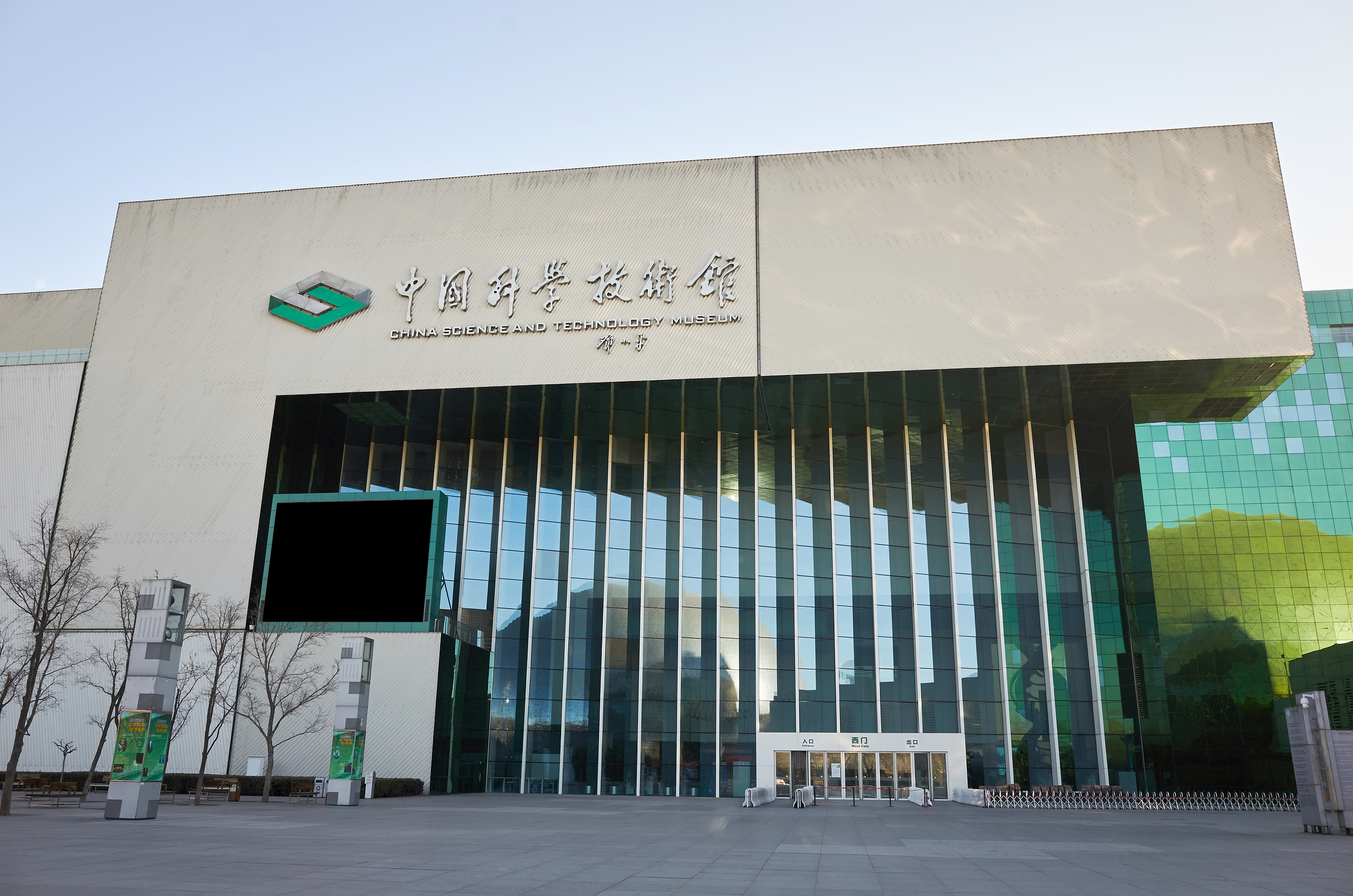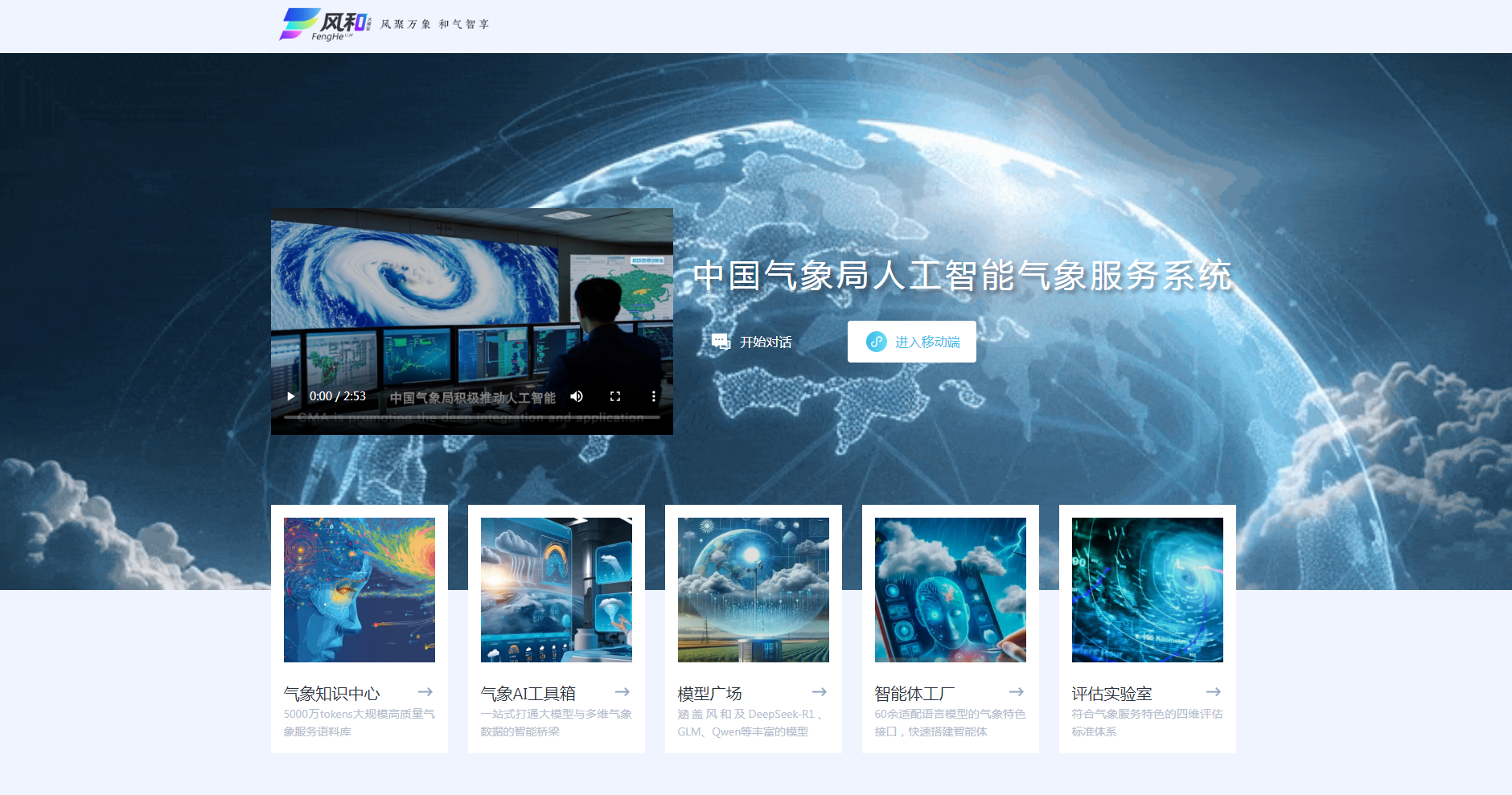Carrying Forward Scientist Spirit
By LI Linxu
As part of events to celebrate the sixth National Science and Technology Workers' Day, the first batch of Scientist Spirit Educational Bases was released on May 30.
A total of 140 bases, ranging from sci-tech museums, science parks, memorial halls and research institutes, were selected across the country to provide a one-stop experience of scientist spirit for the public.
Featuring patriotism, innovation, truth-seeking, dedication, coordination and educating, scientist spirit is highlighted in these bases.
The bases cover various sci-tech fields including aerospace, physics, mathematics, medical science, agriculture, transportation and nuclear industries.
Of particular note is that a number of educational bases were named after well-known scientists such as Li Siguang Memorial Hall in Beijing, Qian Weichang Library of Shanghai University in Shanghai, and Qian Xuesen's Former Residence in Zhejiang.
Yuan Longping Hybrid Rice Science Park in Chengdu is also among the list. Yuan Longping, known as "the father of hybrid rice," devoted his life to developing strains of hybrid high-yield rice that helped alleviate famine and poverty around the world.

China Science and Technology Museum (PHOTO: VCG)
Shouldering missions and taking responsibility are the key characteristics of scientist spirit and should be inherited and promoted, according to Du Xiangwan, an academician of the Chinese Academy of Engineering.
This year's National Science and Technology Workers' Day held a series of featured online and offline activities. The day showcased the country's latest sci-tech achievements as well as the workers who made them possible.
The country's sci-tech communities will continue to uphold scientist spirit, improve innovation capabilities, and expand international cooperation, said Wan Gang, president of the China Association for Science and Technology.







